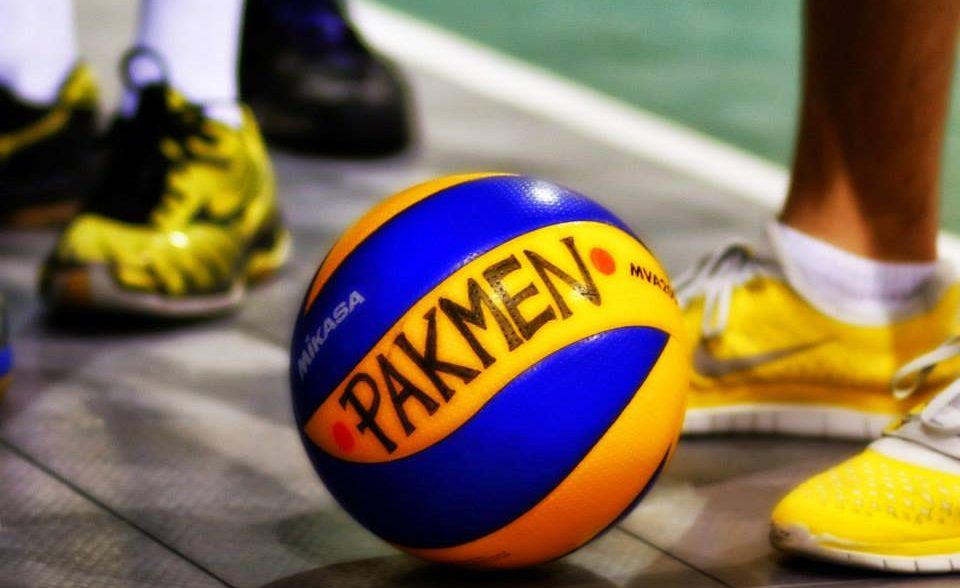Volleyball Glossary
- November 18, 2016

Those individuals, who have just started their volleyball journey, will obviously need to go a long way in order to achieve great sport results. First of all, beginners need to learn the rules of the volleyball game. Moreover, it’s crucial for athletes to know the glossary of volleyball terminology. In this blog, we would like to provide readers with volleyball glossary. So, you’ll have the perfect opportunity to learn basic volleyball terms and definitions.
Ace. Ace is the type of serve in volleyball sport. A volleyball team serving the ball will get a point if the receiving team can’t return the serve over the net.
Antenna. Vertical rods mounted near the edges of the net are known as antenna.
Back-one. Back-one is called the situation in volleyball when the ball is set low either to the middle hitter or the right side hitter.
Back-two. Back-two is called the situation in volleyball when the ball is set high either to the middle hitter or the right side hitter.
Bump. Bump is known as the first pass that’s used for organizing an attack hit.
Carry. Carry is the type of fault in the sport of volleyball. A player commits a fault if he/she has been holding the ball in his/her hands too much time.
Centerline. The volleyball court is divided with a line into two parts with the line that goes under the net. This line is known as the centerline.
Cut. Cut is the situation when an attack hit is done at an extreme angle.
Dig. Dig is the situation in volleyball when a player resists a forcefully hit ball and makes a good pass in volleyball. Oftentimes, the ball is hit close to the floor and it’s difficult for a volleyball player to pass it well.
Dink. Dink is the situation when the ball is pushed over blockers. By doing so, attackers can land the ball on the opposite side of the court successfully. When dink is done players usually contact the ball using their fingers.
Pancake. Sometimes volleyball players use the back of their hands for digging. As a result, the ball is bounced off for the hit. Such a situation is known as pancake.
Double contact. If the ball is hit by a volleyball player two times that means that a player has committed a fault that’s known as double contact or double hit.
Double quick. The situation when two hitters are trying to approach the setter in order to carry out an attack hit quickly is known as double quick.
Dump. Dump is the situation in volleyball when a player carries outs an attack hit after the second contact. This usually happens when a setter is setting the ball to a hitter who carries out an attack hit. As a result, the ball is hit to an open spot on the court.
Five one. Five one means that a volleyball team consists of 1 setter and 5 attackers.
Four two. Four two means that a volleyball team consists of 2 setters and 4 attackers.
Six-two. Six-two means that a volleyball team consists of 6 players. Two of these players are setters who occupy positions in the back row of the court.
Floater serve. In the volleyball world, floater serve means the serve that doesn’t spin or doesn’t rotate. When the ball is served without spin, it’s uneasy for players of the opposite team to hit it.
Jump serve. It usually takes a volleyball player a lot of time and dedication to master jump serve. Initially, a server has to toss the ball into the air and then he/she jumps up and caries out a hit not allowing the ball to land on the court. Obviously, a server has to do everything he/she can to serve the ball under a higher angle.
Hitter. Hitter is a volleyball player who is responsible for carrying out attack hits.
Kill. Kill is the situation when a volleyball team organizes a successful spike attack.
Let serve. Let serve is the type of serve in the sport of volleyball. After the serve has been performed, the ball touches the net and goes to the opposite side of the volleyball court.
Mis-hit. If a player doesn’t hit the ball in the right way such a hit is called “mis-hit”.
Mintonette. According to the history of volleyball, the game of volleyball initially had name Mintonette. Later, the game was renamed into volleyball.
Overhand serve. It’s the type of serve in volleyball game. When overhand serve is done, the ball is stroked with hand above the setter’s shoulder.
Penetration. The situation when a blocker reaches over the net above the opponent’s court is known as penetration.
Perimeter. Perimeter is the type of defence in the volleyball sport. Perimeter is formed by four defensive players near the bounds of the court.
Rainbow. Oftentimes, volleyball players try to throw the ball over the blockers. Such a shot is known as rainbow.
Read block. Read block is the type of block in volleyball. The block is formed by the front row volleyball players. Those players who are responsible for read block have to watch the opposite team’s setter carefully. As a result, they determine the best place for blocking attacks organized by the opposite team.
Roof. It’s no surprise that defensive volleyball players often create the block to resist attacks of the opposite team. Roof is the situation when the ball bounces off the defence block and goes back to the attacking team’s court side.
Side out. Side out is the moment when a volleyball team loses a point and the right to serve.
Spike. If a player carries out an attack hit and the ball goes over the net with good speed and force then such an attack is called a spike.
Strong side. The reality is that the vast majority of volleyball players are right handed. Obviously, the right handed players find it easy to carry out an attack hit from the left side of the court. For this reason, the left side of the court is also known as “strong side”.
Switch. The process of changing positions of players on the court is known as switch.
Split-block. It’s the type of block in the sport of volleyball. Split-block is formed by two volleyball players. It’s worth noting that there is some place between blockers.
Stuff. Stuff is the moment in volleyball when the attack is blocked by the opposite team and the ball goes back to the attacking team’s side of the court.
Triple-block. When three volleyball players are forming the block during the game such a block is called a triple block.
Weak side. Right-handed volleyball players find it difficult to carry out an attack hit from the right side of the court. For this reason, the right side of the court is also known as “weak side”.
Tip. Tip is the type of an attack hit. When a volleyball player carries out tip the ball goes over the net quickly.
Wing. Those volleyball players who occupy the positions in the area 1 and area 5 on the court are known as wing.
Wipe. If the ball is bounced off opponent’s block and goes out of bounds then such situation is known as wipe.
Under hand serve. Under hand serve is the type of serve that is performed by a striking action. When performing under hand serve a volleyball player contacts the ball with the heel of hand.
Quick set. Quick set is the situation when a hitter is getting closer to a setter. As a result, a hitter receives a ball and carries out an attack hit much quicker. Obviously, the setter and hitter should understand each other properly.
Yellow card. Like in soccer, yellow card can be given to volleyball players. So, if a volleyball player (or coach) commits misconduct he/she receives a yellow card. However, if a player (or coach) receives two yellow cards during the match he/she will receive a red card automatically. If a player (or coach) receives a red card he/she is disqualified.
As you can see, our volleyball glossary contains a lot of terms which are used in the volleyball terminology these days. We highly recommend spending some time on studying all of these volleyball terms. Without a doubt, learning volleyball terminology will help you succeed in the game of volleyball! Best of luck!
Check PAKMEN’s High Performance Volleyball programs |
Check PAKMEN’s Beach Volleyball programs |
